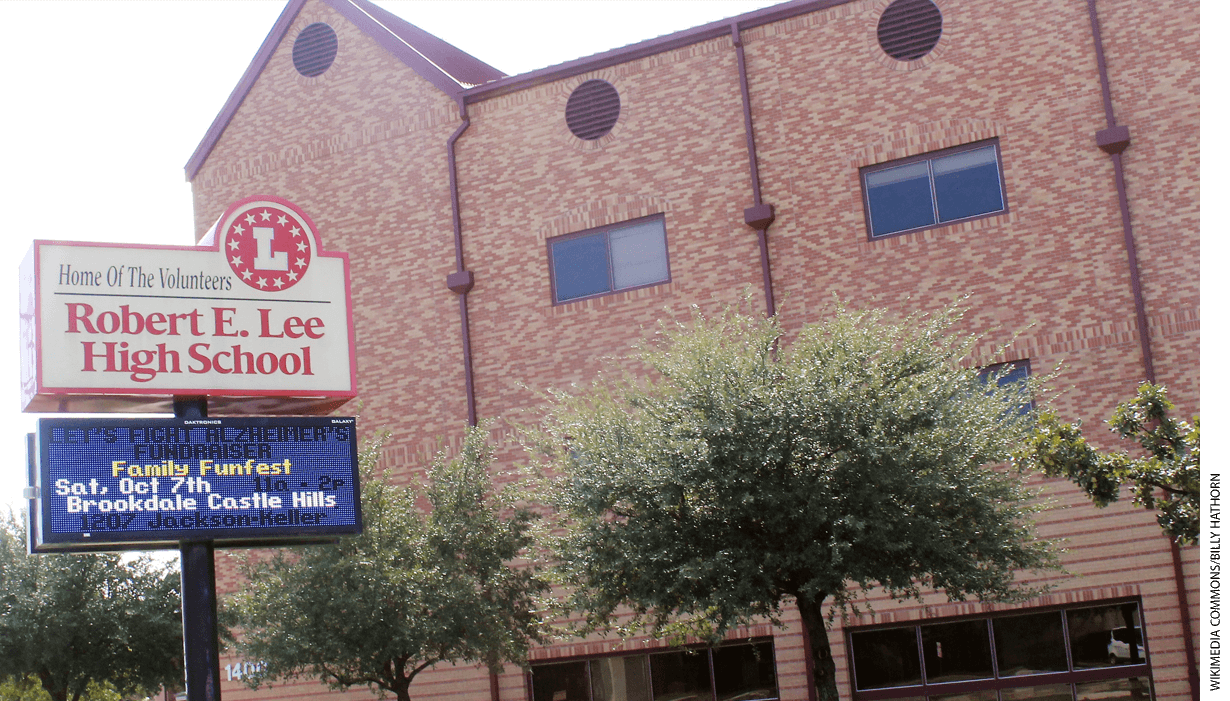
As the world has paused to analyze the deficiencies of police departments, it is not enough. All aspects of America have to examine areas of systemic injustice. That includes schools, which now have an opportunity to rise to the occasion and improve.
American schools are de facto segregated based on income and ethnicity. Where students live determines the quality of education students will receive. Black and Latinx communities receive less educational opportunities than white communities.
What magnifies the discriminatory practices of educating by zip codes are the deep-rooted biases, conscious or subconscious, of educational staff. Many teachers in predominantly black and Latinx schools are white. These white teachers have different life experiences than their students. However, listening and understanding will provide an insight that cannot be established from a textbook.
Failing to listen exposes students to injustice. Such situations are difficult to watch. I know, because I’ve seen them in schools.
One black student struggled academically and failed three major subjects for four marking periods. Teachers told administrators they did not want this particular student in their classrooms the following school year. The decision was hard: retain the student and essentially give him no chance to succeed because of teachers’ bias toward the student, or pass the student, knowing the student is not ready for the next grade. Promoting the child also meant giving the student a fresh chance in the middle school building where teachers will not have a preconceived bias of the student.
On another occasion, a teacher was upset with the behavior of one particular black student. Everything this student did was magnified simply because the teacher wanted the student out of the class for the year. This is not hyperbole. The teacher literally stated, “I don’t want this student back in my class ever again.” One day the teacher was so upset that the teacher tried to find any reason to have the student removed from the class. On this day the complaint was that the child’s uniform was dirty. The teacher wanted the Division of Child Protection and Permanency called because of a perceived dirty uniform.
The request was baseless, and the Division of Child Protection and Permanency was not called. Upon speaking to the parent, the teacher learned the parent was teaching the student responsibility, as it was the child’s responsibility to place the uniform in the laundry basket for the weekly visit to the laundromat. The teacher was confounded to learn there was no neglect. The teacher also learned a lesson on the laundromat experience, as the teacher had grown up in a home with a washer and dryer on the second floor.
How do black and Latinx children stand a chance to succeed when the ones responsible for educating them view black and brown students through the lens of bias and stereotypes?
The lack of cultural sensitivity demonstrated by districts is evident when students enter school buildings named after figures connected to the Confederacy. Such school names are demeaning and offensive.
The problem is magnified by school curricula. The accomplishments of prominent black and Latinx pioneers are relegated to Black History and Hispanic Heritage months. Half-hearted attempts at cultural celebrations are insufficient. What often occurs is an inserted assembly or luncheon attempting to highlight a different culture. Once the show is over, schools return to normal routines and practices.
Schools must lean into cultural competence by engaging staff in cross-cultural communication. Through the difficult conversations, schools can learn the deficiencies and areas of bias, discrimination, and stereotypes that exist in every school building.
The alternative, of remaining silent and continuing to disservice black and brown children, is unacceptable.
George Farmer is an administrator at an elementary school in Camden, New Jersey and a doctoral candidate in educational leadership at Capella University


